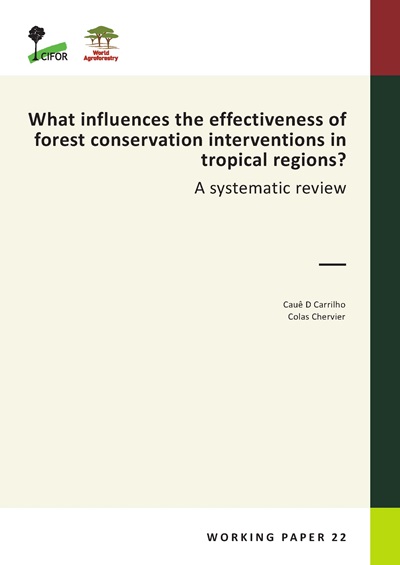There has been growing interest in mixed species plantation systems because of their potential to provide a range of socio-economic and bio-physical benefits which can be matched to the diverse needs of smallholders and communities. Potential benefits include the production of a range of forest products for home and commercial use; improved soil fertility especially when nitrogen fixing species are included; improved survival rates and greater productivity of species; a reduction in the amount of damage from pests or disease; and improved biodiversity and wildlife habitats. Despite these documented services and growing interest in mixed species plantation systems, the actual planting areas in the tropics are low, and monocultures are still preferred for industrial plantings and many reforestation programs because of perceived higher economic returns and readily available information about the species and their silviculture. In contrast, there are few guidelines for the design and management of mixed-species systems, including the social and ecological factors of successful mixed species plantings.
Download:
DOI:
https://doi.org/10.1186/s13750-015-0041-8
Altmetric score:
Dimensions Citation Count:

























